|
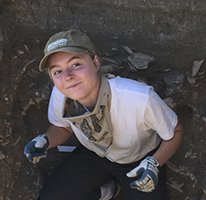 Frances Baartman – Undergraduate Honours (2020) Frances Baartman – Undergraduate Honours (2020)
My honours thesis will be focused on Blackfoot and Plains bison relations using data from field work done at the University of Alberta Mattheis Research Ranch. By analyzing the data I hope to show a relationship based on community, ceremony and identity, and not just a relationship based solely on subsistence.
|
|
Corey Cookson (MA, 2013)
|
|
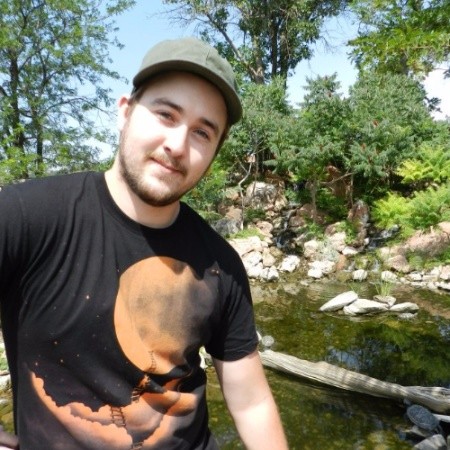 Aaron Coons (MA, 2017) Aaron Coons (MA, 2017)
Aaron analyzed digital mapping data and remote sensing data (imagery, magnetometry, Ground Penetrating Radar) to map the surface and subsurface of the Buffalo Lake Metis Wintering site in Alberta. He examined how we can use non-invasive methods to capture the full extent of wintering sites, even in the presence of agricultural disturbance.
Aaron is currently a GIS Analyst at the Saskatchewan Geological Survey, Data Management in the Ministry of Energy and Resources.
|
|
Reid Graham (MA, 2015)
|
|
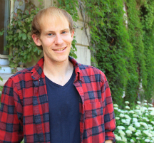 Robert Gustas (MA, 2015) Robert Gustas (MA, 2015)
Robert tested whether GIS-based analyses of movement can be applied to travel over water, developing a new least-cost path approach in GIS.. Using GIS data (terrain modeling, site location, bathymetry), he modeled how first peoples could have used the coast of North America to migrate from Beringia during the last glacial maximum. He applied least-cost path models to variables relating to water travel to identify possible stopping places and travel routes in the past, factoring in changes in sea levels throughout the northern Northwest Coast. He has published two articles from his Masters research:
Gustas, R.and K.Supernant.
2019 Modelling Early Landscape Migrations along the Pacific Northwest Coast. Journal of Anthropological Archaeology 54:192-206.
Gustas, R. and K. Supernant
2017 Least cost path analysis of early maritime movement on the Pacific Northwest Coast. Journal of Archaeological Science 78:40-56. http://dx.doi.org/10.1016/j.jas.2016.11.006
Robert is currently a PhD Student in Anthropology at the University of Victoria. https://www.uvic.ca/socialsciences/anthropology/people/graduate-students/profiles/gustasrobert.php
|
|
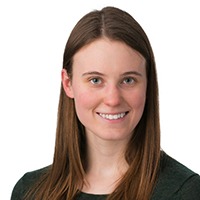
Jennifer Hallson (MA, 2017)
Jennifer's research focus lies with the finite dimensions of Promontory Cave 1, and the application of GIS and 3D virtual modelling of the cave environs. She is making projections concerning the total number of artifacts--in categories including moccasins, gaming pieces, hide working implements, and others--in order to determine the scale and importance of activities as well as the rates at which artifacts were being produced and discarded.
Jennifer is currently the Team Lead, Indigenous Consultation and Engagement Administrator at DEMA Land Services.
|
|
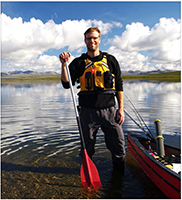 Todd Kristensen (PhD, 2020) Todd Kristensen (PhD, 2020)
My PhD, under the supervision of Dr. John W. (Jack) Ives, is an investigation of Dene adaptations from the northern plains to the subarctic Mackenzie Mountains of Northwest Territories. In particular, I’m exploring the way prehistoric people adapted to alpine areas where archaeologists have found exceptionally well-preserved artifacts melting out of ice features including intact arrows, snares, and darts. I hope to compare these organic technologies to similar types of artifacts recovered from dry caves in western North America. My research is being conducted in conjunction with archaeologists from the Prince of Wales Northern Heritage Centre in Northwest Territories and members of the Shúhtagot’ine Dene First Nation. I’m particularly interested in community outreach and the use of digital media to share heritage information with First Nations and the public.
Todd is an Archaeologist at the Archaeological Survey, Historic Resources Management Branch of Alberta, Culture, Multiculturalism and Status of Women.
He was recently featured in a Faculty of Arts Convocation Story, available here: https://www.ualberta.ca/arts/faculty-news/2020/june/convocation/convocation-20-todd-kristensen.html
|
|
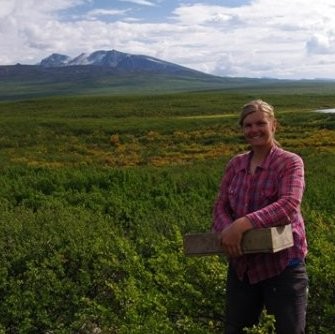 Courtney Lakevold (MA, 2017) Courtney Lakevold (MA, 2017)
Courtney's research, under the supervision of Dr. John W. (Jack) Ives, undertakes a space syntax analysis of Promontory Cave 1 in Utah. This work extends from understanding cave formation processes in ancient Lake Bonneville, to GIS prediction of Apachean migration pathways, use of the cave environs for large game hunting, and assessment of 3D models of space use and human movement inside Promontory Cave 1.
Courtney is currently the Programs Manager/Archaeologist at the Bodo Archaeological Society.
|
|
Connor McBeth (Undergraduate Honours, 2020)
|
|
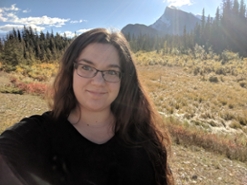 Christina Poletto (MA, 2019) Christina Poletto (MA, 2019)
Christina’s masters research, under the supervision of Dr. John W. (Jack) Ives and Dr. Alwynne Beaudoin, focused on analyzing high-resolution palaeoenvironmental record from a sediment core from Sharkbite Lake, Alberta. Pollen, microcharcoal, and macrobotanical analysis helps reconstruct local scale environmental changes and demonstrate how the ecological history adds to the narrative of the archaeological record. This research also assessed the radiocarbon dates from the region, and compared Sharkbite Lake’s palaeoenvironmental record with five dated archaeological sites to demonstrate the environmental background within which Indigenous groups in the region lived and interacted.
Christina is currently an Indigenous Services Facilitator at Stantec.
|
|
Aileen Riley (MA, 2015)
|
|
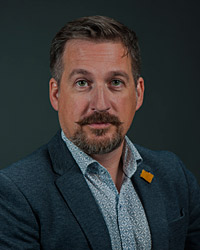 Gabriel Yanicki (PhD, 2019) Gabriel Yanicki (PhD, 2019)
Gabe’s research, under the supervision of Dr. John W. (Jack) Ives, examined the contact between the bison-hunting inhabitants of Utah’s Promontory Caves and the contemporary horticulturalist Fremont culture, ca.830-630 BP. This archaeological research addressed a pivotal moment in the birth of a spectrum of cultural identities, potentially including the modern Southern Dene peoples. The remarkable level of preservation at the Promontory Caves makes them unique in their potential to address this question of ethnogenesis.
Gabe is now the Curator of Western Archaeology at the Museum of History. Find more information about his work here: https://www.historymuseum.ca/learn/research/
|
|
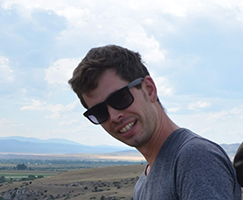
Dale Fisher – MA Student (2021)
My research focused on the stone tool technology utilized by Indigenous groups throughout the Northern Plains in the precontact period. I conducted my research through the sourcing of stone, experimental archaeology through heat treatment and tool replication, and by identifying mobility patterns based on the types of stone used at geographic locations and in different time periods.
Watch a short video about Dale's research
|
|
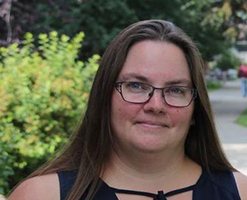 Katherine Gadd – MA Student (2021) Katherine Gadd – MA Student (2021)
My research examined the use of various remote sensing techniques, including LiDAR, Ground Penetrating Radar and magnetometry, in learning about the identification of anthropological features and the use of space at archaeological sites on the Alberta plains.
|
|
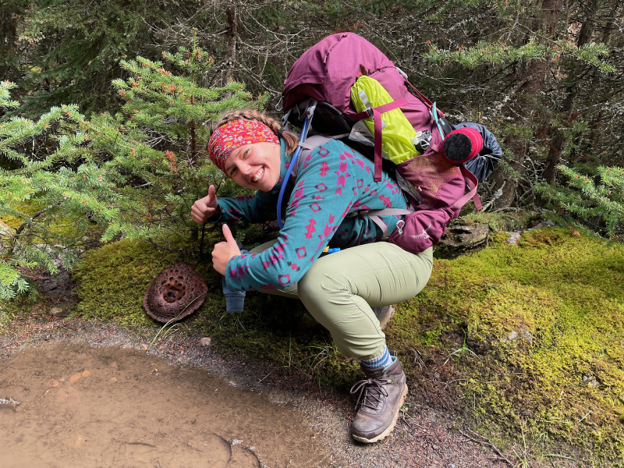 Taylor Brosda - Undergraduate Student (2021) Taylor Brosda - Undergraduate Student (2021)
I completed my BA in Anthropology at the University of Alberta in 2021 while working with the IPIA. After completing my degree I continued assisting in research for the Exploring Metis Identity Through Archaeology (EMITA) project by completing reports for past fieldwork seasons.I conducted lab work such as cataloguing, artifact photography, GIS mapping, and more. It has been an absolute pleasure to be involved in such important work, but in the spring of 2022 I will be starting a new journey in CRM archaeology.
|
|
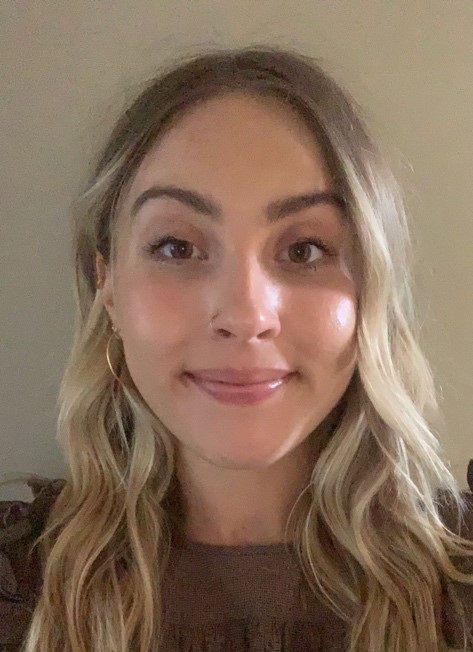 Madalyn Mandziuk – Undergraduate Madalyn Mandziuk – Undergraduate
Madalyn completed her B.A. Honours in History at the University of Alberta in Spring 2022, her thesis focusing on Canadian legal history as it relates to the residential school system. In addition to her degree, Madalyn completed a Certificate in Community Engagement and Service-Learning, completed field school with the IPIA in 2019, and completed independent studies with Dr. Supernant. As a research assistant supporting the work of the IPIA partnering with Indigenous communities to find missing children and unmarked graves at residential school sites, Madalyn focuses on historical and archival research. This includes supporting Indigenous community access to archival records related to and from residential schools and developing resources for communities on the application and analysis of archival and historical records for finding missing children and unmarked graves.
Madalyn is currently a first-year student in the Faculty of Law. Her research interests are in the legal implications of unmarked graves, heritage law and policy, repatriation, advocacy, and community-led, ethical, and trauma-informed research and legal practice.
|
|
Benjamin Kucher - Undergraduate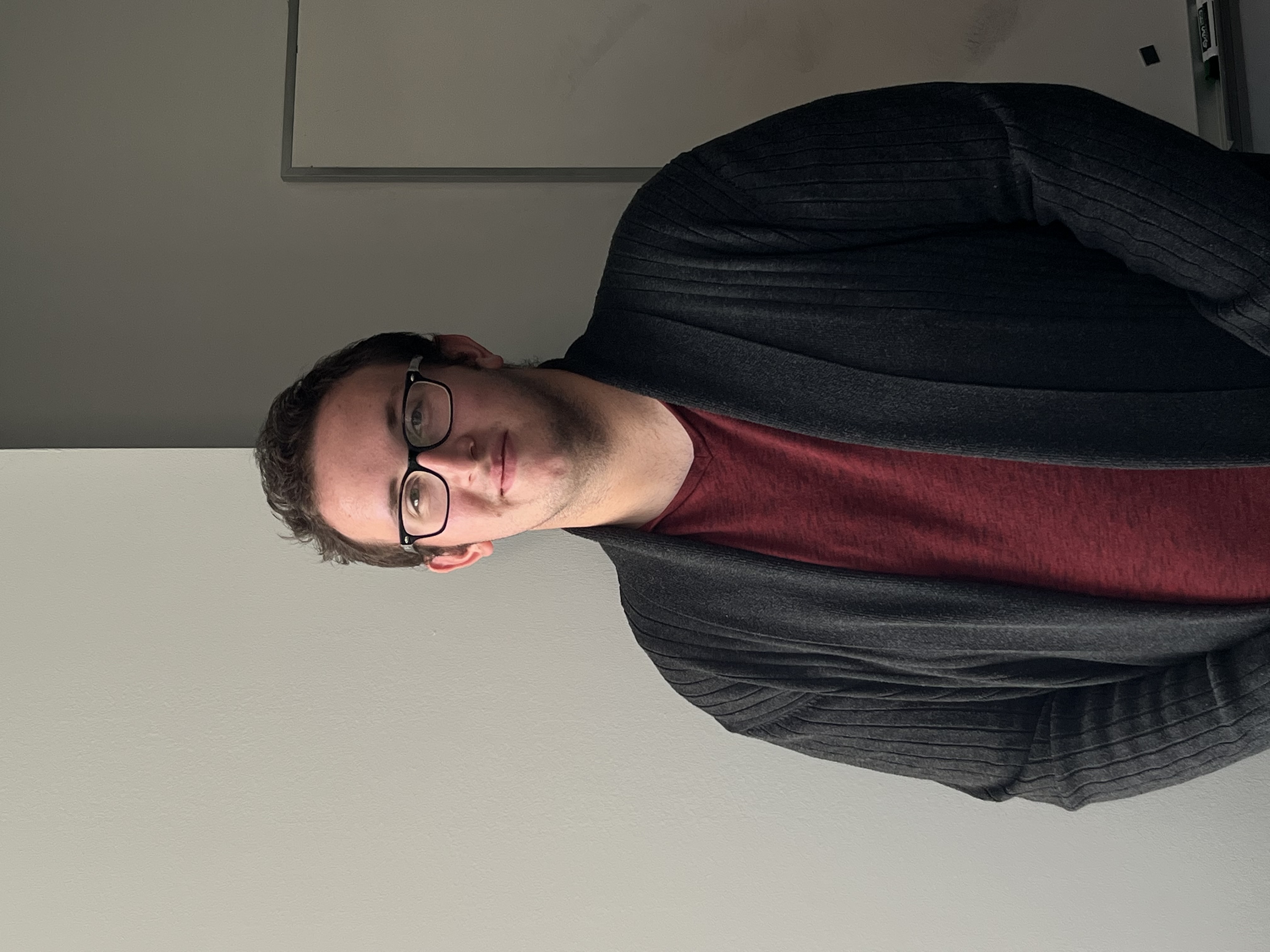
Ben is in his final year of undergraduate studies at the University of Alberta, with a major in Anthropology and a minor in Psychology. He is Métis/Ukrainian from treaty 6 territory. Ben’s research focuses on the incorporation of Indigenous epistemologies into academic spaces. He employs ethnoarchaeological and community-based methodologies in order to better understand the past and the relationships that people had with their environment. Currently, he is working on incorporating non-invasive geophysical techniques to investigate archaeological questions through non-destructive processes.
|
|
Eric Tebby - MA Student (2023)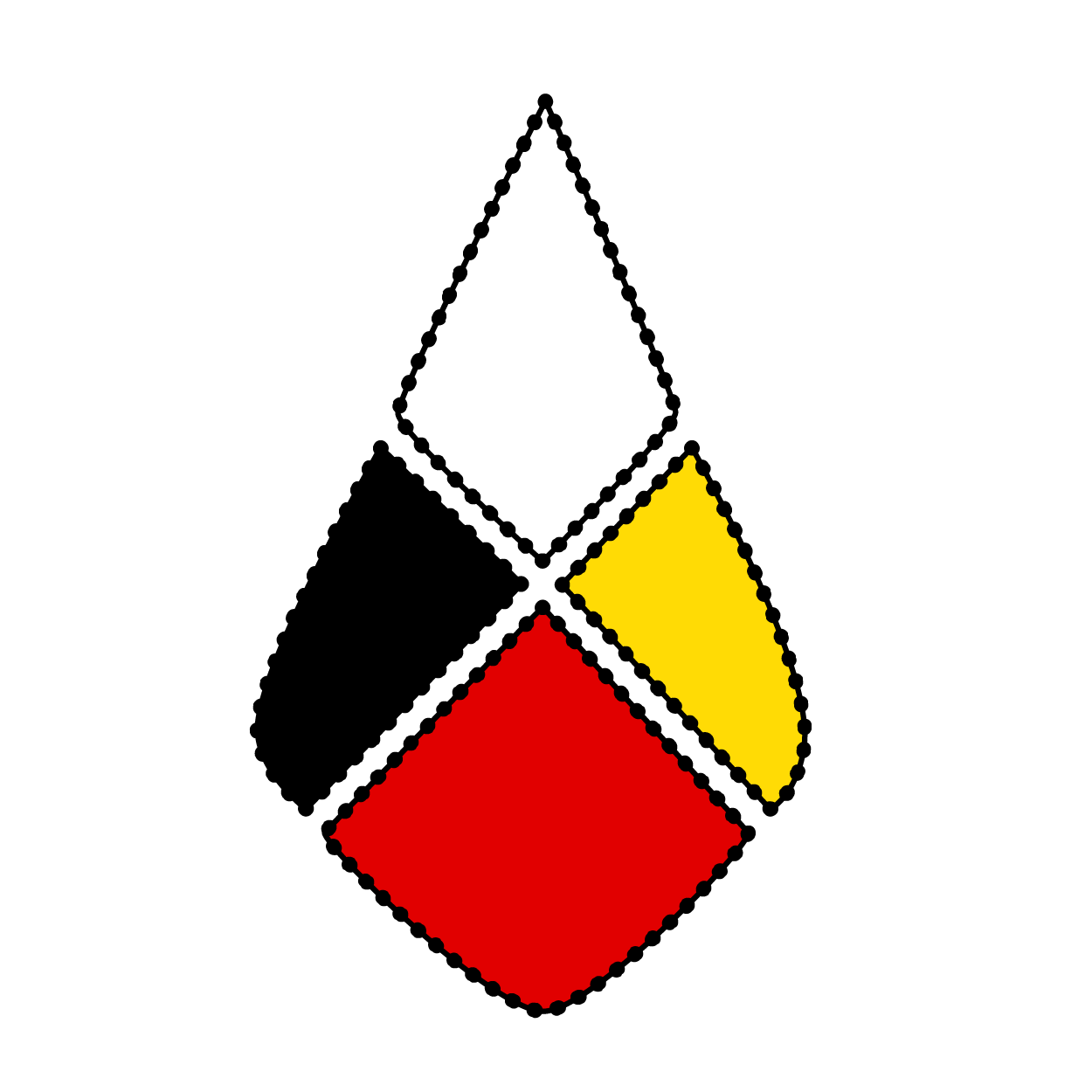
|
|
 Erika Sutherland – PhD Student Erika Sutherland – PhD Student
|
|
 Zhe Zhang – PhD Student Zhe Zhang – PhD Student
I current focus on the study of Neolithic aurochs bonebed from northeast China. Through the application of traditional zooarchaeology methods, stable isotope analysis and GIS, I want to explore the formation process of bonebed and its possible role in identity and social complex.
|
|
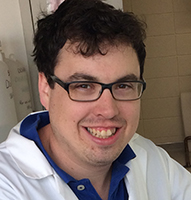 Andrew Lints- PhD Student Andrew Lints- PhD Student
Beginning in 2007 at the Brandon University Archaeological Field School I developed a passion for the study of past lifeways within the Northern Great Plains. My research has always been centered around the holistic interpretation of past activities that blends the use of zooarchaeological, paleobotanical, and geoarchaeological perspectives. Currently I am working on my PhD that centers around how people inhabiting the Northern Great Plains during the Besant and Sonota era used pottery.
|
|
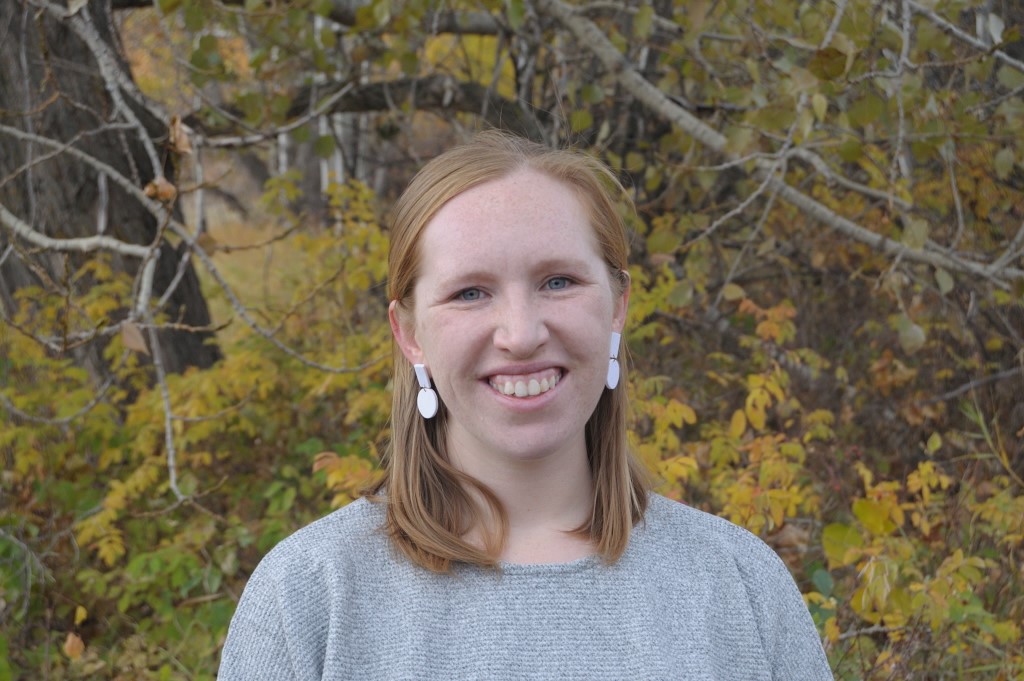 Emily Haines (MA, 2023) Emily Haines (MA, 2023)
Emily Haines is a Métis and Polish-Canadian woman originally from the north end of Winnipeg, Manitoba, in the homeland of the Anishinaabe, Očhéthi Šakówiŋ, and Métis on Treaty 1 territory. Her Métis relations have lived across the Métis homeland for centuries and include the Malaterre, Larocque, McIvor, Fleury, and Adam families among others. She has been living in Mistahi Sâkâhikan (St. Albert, Alberta) since 2001 and now lives and works in Amiskwacîwâskahikan (Edmonton, Alberta). She holds a BA in Anthropology and Classics from the University of Alberta and is currently pursuing a master’s degree through the Institute of Prairie and Indigenous Archaeology specializing in Indigenous Archaeologies. Her research involves investigating sites of historical Métis occupation in Edmonton, using GIS to map these sites onto the modern landscape, and to both encourage the vitality of modern Métis communities and to re-visualize Edmonton and other cities as Indigenous spaces.
Watch a short video about Emily's research
|
|
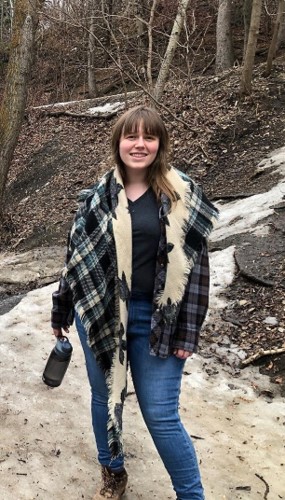
Elizabeth Goldberg – PhD Student
Libby's MA research examines the woven fiber perishables uncovered at the 13th c. site of the Promontory Caves, UT. Her work is complementary to her supervisor Jack Ives' previous studies of the site's moccasins, which bear structural similarities to those made by Subarctic Dene language-speakers. She seeks to determine if the site's basketry and cordage likewise have more in common with the Subarctic or if they better reflect those made by contemporaneous Fremont populations in the eastern Great Basin.
|
|
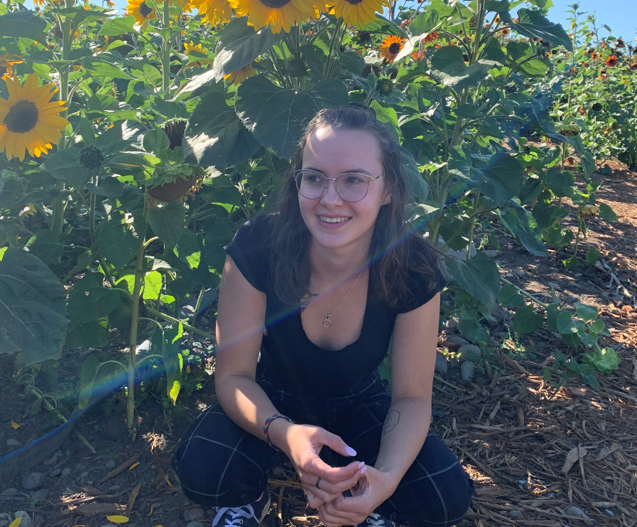 Lyndsay Dagg (MA, 2024) Lyndsay Dagg (MA, 2024)
Lyndsay received her BSc in Anthropology from the University of Victoria in June of 2022 and then moved to Edmonton to work with Dr. Kisha Supernant at the Institute of Prairie and Indigenous Archaeology. Lyndsay's MA research involves using geospatial technologies including Ground Penetrating Radar (GPR) and GIS to do non-invasive archaeological research. In particular, her research focuses on using these non-invasive technologies to investigate burials and their placement in the landscape at the request of communities in order or to not only locate burials but to also gain insight into the people who participated in the burial.
|
|



 Christina Poletto (MA, 2019)
Christina Poletto (MA, 2019)

 Katherine Gadd – MA Student (2021)
Katherine Gadd – MA Student (2021) Taylor Brosda - Undergraduate Student (2021)
Taylor Brosda - Undergraduate Student (2021) Madalyn Mandziuk – Undergraduate
Madalyn Mandziuk – Undergraduate

 Andrew Lints- PhD Student
Andrew Lints- PhD Student Emily Haines (MA, 2023)
Emily Haines (MA, 2023)
 Lyndsay Dagg (MA, 2024)
Lyndsay Dagg (MA, 2024)